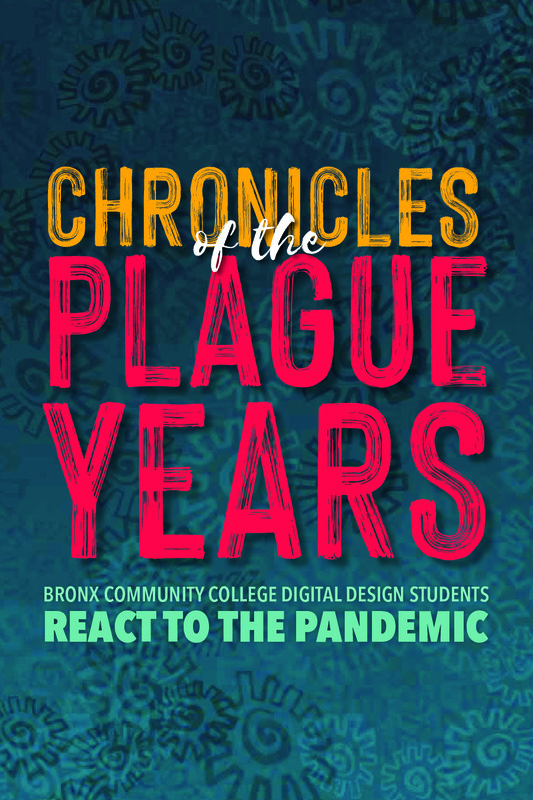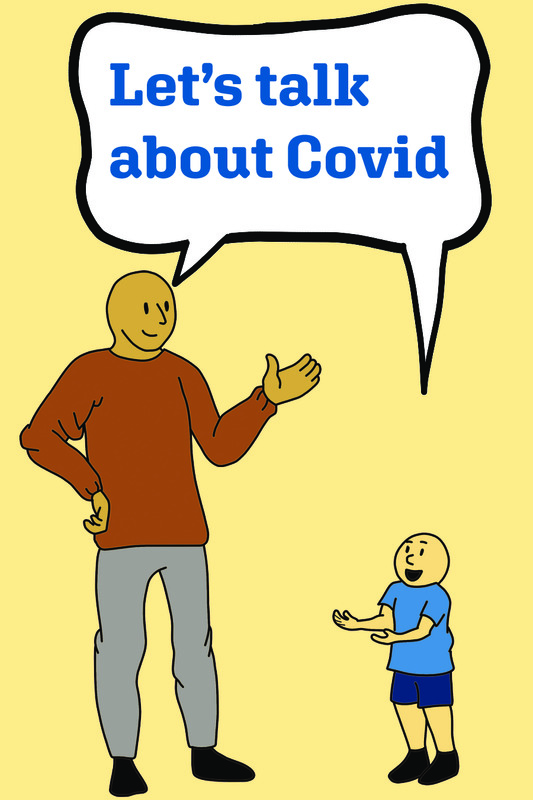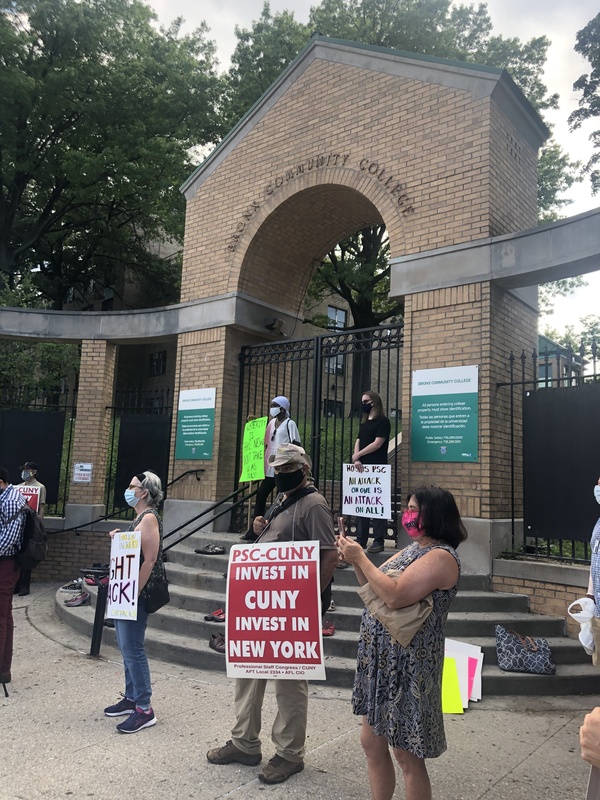Items
Tag
teaching
-
 May 24, 2021
May 24, 2021Chronicles of the Plague Years
[From the Introduction] For the students, faculty, and staff at Bronx Community College, March 2020 was a sucker punch to the gut. Our vibrant campus, a beautiful haven filled with vitality and life, became a kind of petri dish—ground zero for the COVID 19 virus to make landfall. Not only were many students and staff sickened in those early days, but the City University system was forced to close, then transition to remote learning in the space of a single week. It was a challenge, to say the least: for faculty who needed to quickly learn the tools to make it possible, and even more so for the students, who—cut off from socialization and in person learning—had to adjust to this new reality. Stranded in their homes, some students were forced to continue working frontline jobs, while others lost jobs and income, facing financial devastation. Students were confronted with their own illness as well as that of family members. Online learning was fraught in those early days. As a community, we improvised our way forward, without the proper technology and knowhow to do it. But two years on, our students have proven their resilience. In time, we adapted to remote learning, to new ways of doing things, of coping. 2020 was harder, and in 2021, the challenges continued. But, somehow, we got through. These student books provide a glimpse into the minds of the talented BCC Digital Design students who persevered, strived, and thrived. -
 2021-05-17
2021-05-17Lesson on Covid 19
A father teaching his son about the Corona virus and how to adapt to his New environment. -
 2020-07-15
2020-07-15PSC-CUNY Protest at BCC
For my primary source, I selected a photograph I took at a protest held in front of the Bronx Community College campus on July 15, 2021. The Professional Staff Union of CUNY (PSC-CUNY), the union for the faculty and much of the staff throughout CUNY, organized the event to protest the BCC administration June 26 decision to lay off 36 experienced adjunct professors at the end of their 3-year contracts, even though that their departments recommended that they be rehired. People in the picture include BCC Faculty, staff, and students, as well as those from as well as people from Hostos Community College, who came to support the BCC community and were facing similar cuts. The day was very hot, but I was nervous to the subway because of COVID, so I rode my bike from my home (about 24 miles roundtrip). I was pretty sweaty and probably stinky when I arrived. It was the first time I had been to campus since March 10, when, on my way home from school on the subway, I learned CUNY was moving online. (The campus itself was locked, but we stood in front of the gate on University.) It was also the first time I people from school in person since March; I was so happy to talk to them. It was weird to be with a group people, after months of isolation, but we all wore masks and stood six feet apart. Cars honked their support as they drove by. I selected this source because I want historians of the future to understand how the pandemic hit higher education and the connections among the COVID crisis, social justice movements, and education. Although I went to larger marches after the murder of George Floyd, I believe funding for CUNY is a form of social justice. I was angry that politicians and school administrators were giving lip-service to the phrase Black Live Manners, while cutting funding and jobs from CUNY. BCC’s students are overwhelmingly Black and Latinx, and many studies show that a CUNY education is one of the best schools for supporting social mobility, helping people support themselves and their families. Firing the adjuncts not only meant the teachers lost their income, and, sometimes, their health insurance, but that BCC students would be in larger classes; larger classes mean faculty have less time to devote to each student, which can make it harder to for students to succeed. While I understood enrollment was down and the budget from the city and state would likely be smaller because of the economic toll of the pandemic, I thought there were other places the administration could cut costs. (Such as their own salaries). I want historians to see that the faculty and staff of CUNY fought for what their students deserved and the connections among CUNY, social justice, and New York’s economic recovery. I also want them to see how people approached protests, which require gathering together with other people and often chanting or shouting, while in the middle of a pandemic that required people to stay apart and cover their mouths.
